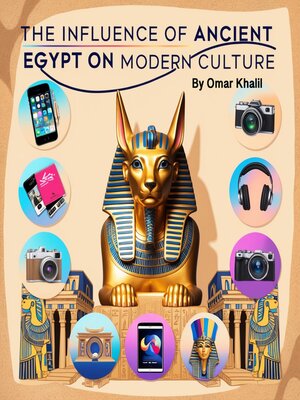
Sign up to save your library
With an OverDrive account, you can save your favorite libraries for at-a-glance information about availability. Find out more about OverDrive accounts.
Find this title in Libby, the library reading app by OverDrive.



Search for a digital library with this title
Title found at these libraries:
| Library Name | Distance |
|---|---|
| Loading... |
The fascination with Ancient Egypt's visual and structural aesthetics has significantly influenced Western art and architecture, especially during the 18th and 19th centuries. Known as the Egyptian Revival, this movement emerged as part of a broader romantic and neoclassical interest in ancient civilizations. Following Napoleon's campaign in Egypt and the publication of Description de l'Égypte, Europe became enamored with Egyptian motifs, leading to their incorporation into a wide range of architectural projects.
One of the most recognizable contributions of Egyptian Revival architecture is the use of obelisks and pyramid forms in public spaces and memorials. These iconic shapes, once central to Egyptian religious and ceremonial design, were reinterpreted in cemeteries, government buildings, and monuments across Europe and the United States. The Washington Monument in the U.S., for instance, is a clear example of how Egyptian form was adapted to convey power and permanence.
In interior design and decorative arts, Egyptian Revival made a mark through bold geometric patterns, lotus flower motifs, and symbolic elements like the sun disk and winged scarab. Furniture, wallpaper, jewelry, and textiles adopted these styles, evoking the mystery and majesty of the Nile. This decorative trend became especially popular after the discovery of King Tutankhamun's tomb in 1922, which triggered a new wave of Egyptomania in the early 20th century.







